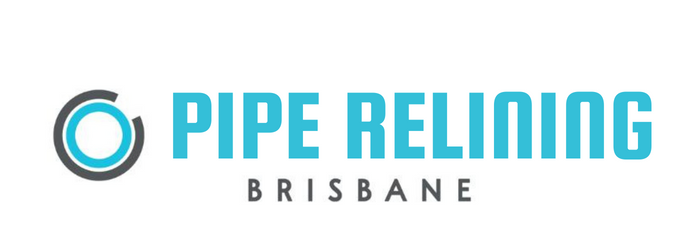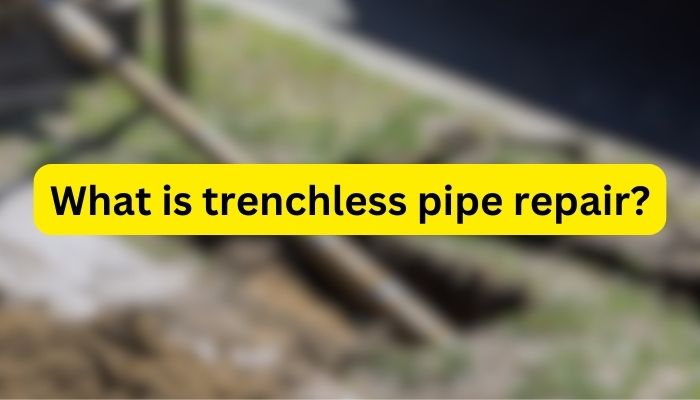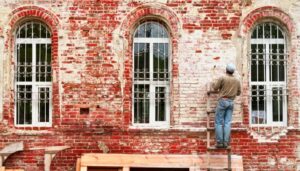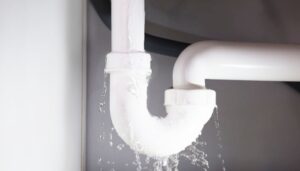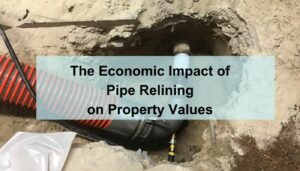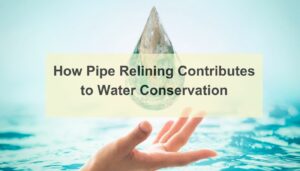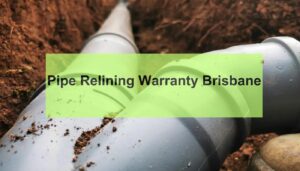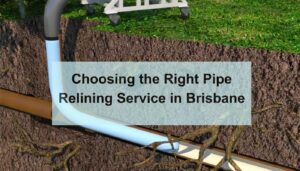Trenchless pipe repair is a revolutionary approach in modern, plumbing services that offers a less invasive alternative to traditional pipe repair methods. This technique has gained popularity due to its efficiency and minimal disruption to daily life and the environment. In this guide, we delve into the details of how trenchless sewer repair cost of pipe repair, exploring its definition, benefits, and how it compares to traditional repair methods. Whether you are a homeowner, a business owner, or simply curious about this innovative technology, understanding trenchless pipe repair can provide valuable insights into modern plumbing solutions.
Key Takeaways
- Innovative Approach: Trenchless pipe repair introduces a less invasive, efficient alternative to traditional pipe repair methods, significantly reducing landscape and structural disruption.
- Cost-Effective Over Time: Despite a higher initial cost, trenchless repair often proves more economical in the long run due to reduced labor and restoration needs.
- Durability: The materials and techniques used in trenchless repair, such as cured-in-place liners, offer enhanced durability and resistance to common issues like corrosion and root intrusion.
- Situational Limitations: While highly effective, trenchless repair may not be suitable for collapsed or severely damaged pipes, and local regulations or soil conditions can affect its feasibility.
Understanding Trenchless Pipe Repair
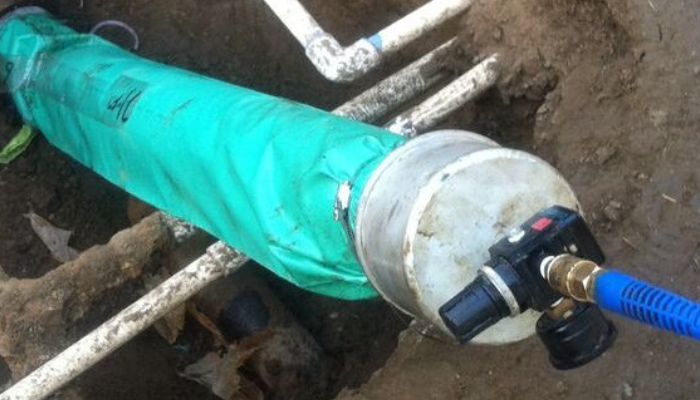
Trenchless pipe repair, as the name suggests, involves repairing underground pipes without the need for extensive excavation. This method is particularly useful for repairing pipes that are difficult to access or are located under structures like homes, buildings, or roads. The trenchless sewer line repair process typically involves inserting a liner coated with a special resin into the damaged or line buried underground pipe. This liner is then inflated, pressing against the inner walls of the existing pipe. Once the resin hardens, it forms a new pipe within the old one, effectively repairing any damage.
This technique can be applied to various types of pipes, including sewer, water, and gas lines. It’s versatile enough to address a range of issues broken sewer line, from small leaks to significant cracks. Trenchless pipe repair can be performed through small entry and exit points in sewer line, reducing the need for large-scale digging and the associated costs and disruptions.
Benefits of Trenchless Pipe Repair
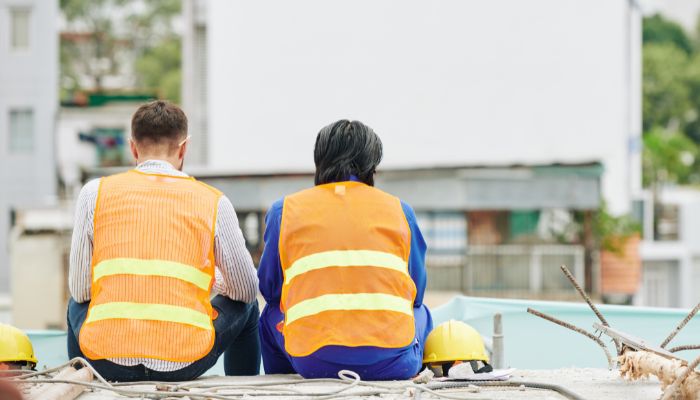
The benefits of trenchless pipe repair are significant, particularly when compared to traditional trenchless sewer replacement methods. Firstly, it is much less invasive, meaning less damage to landscapes, driveways, and structures. This reduced invasiveness also translates to quicker completion times and less disruption to daily activities.
Economically, trenchless repair can be more cost-effective in the long run than traditional method. Although the initial cost of trenchless sewer repair might be higher than traditional methods, the overall expenses are usually lower due to the reduced labor and restoration costs. Moreover, trenchless repair causes minimal environmental impact, preserving the surrounding ecosystem.
Another key advantage is the durability of the trenchless sewer repair process. The materials used in trenchless repairs are often more resistant to corrosion and wear, resulting in a longer lifespan for the pipes. This method also prevents future issues, such as root intrusion or soil shifts, which are common problems with traditional trenchless sewer pipe repair methods.
How Trenchless Pipe Repair Works
Trenchless pipe repair is a sophisticated yet straightforward technique broken pipe, that circumvents the extensive digging associated with traditional pipe repairs. The process generally involves two primary methods of pipe replacement: Pipe Lining and Pipe Bursting.
Pipe Lining: This method involves the insertion of a flexible tube coated with resin into the existing line of the damaged pipe. The tube is then inflated, allowing the resin to adhere to the interior of the existing pipe. Once the resin cures, it forms a robust, new pipe within the old one, essentially creating a pipe within a pipe. This method is ideal for fixing leaks, cracks, and other similar damages to existing sewer line.
Pipe Bursting: the Pipe bursting method is used when the existing pipe is too damaged for lining. In this approach, a new pipe is pulled through the old one, while simultaneously bursting head fracturing the old pipe outward. This method is particularly effective for replacing severely damaged or outdated piping systems.
Both methods require minimal excavation, usually just creating small entry and exit holes. The choice between lining sewer pipes and bursting largely depends on the condition of the existing pipes and the specific requirements of plumbing company doing the job.
Comparing Trenchless to Traditional Methods

Comparing trenchless pipe repair to traditional pipe replacement methods illuminates its advantages more clearly. Traditional pipe repair typically involves extensive digging to access the pipe, which can disrupt landscapes, driveways, and even roadways. This process is not only time-consuming but also costly, considering the labor involved and the subsequent restoration work.
In contrast traditional sewer repair methods, trenchless technology requires significantly less excavation, often just a couple of small holes. This approach not only preserves the aesthetics of the property but also significantly reduces the time and cost of the operation main sewer line. The reduced need for labor and restoration work makes trenchless repair a more cost-effective and less disruptive option.
Furthermore, trenchless methods are generally faster than traditional methods. A full trenchless sewer repair job, can often be completed in a day, whereas traditional methods might take several days or even weeks, depending on the extent of the damage and accessibility of the pipes.
Lastly, trenchless repairs are often more durable. The materials used, such as cured-in-place liners and high-density polyethylene pipes, are highly resistant to corrosion, wear, and tear, offering a longer lifespan than traditional materials.
Potential Limitations and Considerations
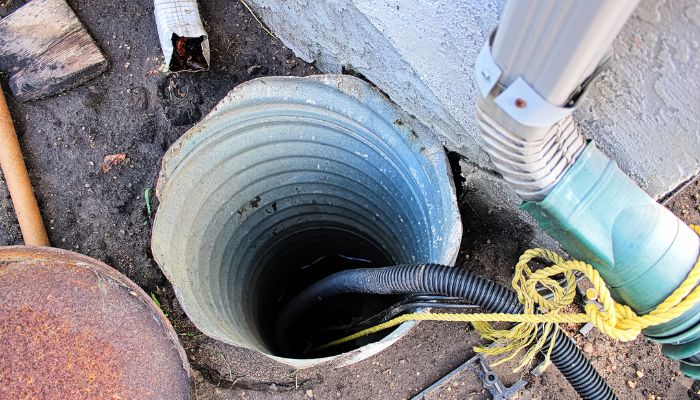
While using trenchless pipe lining and repair offers numerous benefits, it’s essential to acknowledge certain limitations and considerations. First and foremost, trenchless pipe liner and repair might not be feasible for pipes that are collapsed or severely misshapen. The technique relies on the existing pipe structure to guide the new lining or pipe, making it unsuitable for completely collapsed systems.
Another consideration is the cost. Trenchless methods can be more expensive upfront compared to traditional digging methods, primarily due to the specialized equipment and materials required. However, it’s worth noting that the overall cost often balances out considering the reduced labor and restoration needs.
Lastly, local regulations and soil conditions can influence the feasibility of trenchless repairs. Some areas may have regulations that limit the use of certain trenchless techniques, and particular soil types or underground conditions may pose challenges.
Conclusion
In conclusion, trenchless pipe repair emerges as a beacon of innovation in the realm of plumbing and other sewer system replacement and infrastructure maintenance. This method revolutionizes how we approach pipe repair by offering a less invasive, more environmentally friendly alternative to traditional digging methods. Its ability to repair pipes with minimal surface disruption is not just a convenience; it’s a significant advancement in preserving the integrity of landscapes, buildings, and urban infrastructure.
The core appeal of trenchless technology lies in its effectiveness and efficiency. With methods like pipe lining and pipe bursting, it addresses a wide range of pipe issues, from simple leaks to complete replacements, all while ensuring a quicker turnaround time. This efficiency doesn’t just benefit the environment; it also translates into financial savings for homeowners and municipalities, considering the reduced need for labor-intensive excavation and post-repair restorations.
Q&A Section
Q1: How does trenchless pipe repair work? A1: Trenchless pipe repair typically involves inserting a resin-coated liner into the damaged pipe and inflating it, which then hardens to form a new pipe within the old one simultaneously replacing that one. It can also involve pipe bursting, where a new pipe is pulled through the old line and replaces the old one.
Q2: Is trenchless pipe repair of sewage flow more expensive than traditional methods? A2: Initially, trenchless repair broken sewer pipe might be more expensive due to specialized equipment and materials. However, it often becomes more cost-effective when considering reduced labor and restoration costs.
Q3: Are there any limitations to trenchless pipe repair? A3: Yes, it may not be suitable for pipes or sewer lines that are completely collapsed or severely misshapen. Also, local regulations and specific soil or underground conditions can limit its use.
Q4: How long does a trenchless sewer pipe repair last? A4: Trenchless pipe repairs buried sewer pipes are known for their durability, often lasting as long as 50 years or more, depending on the materials used and conditions of installation.
